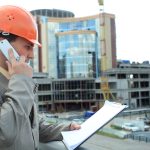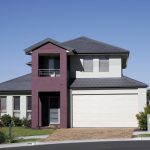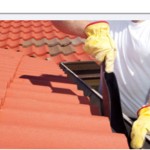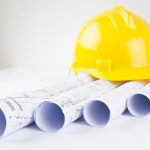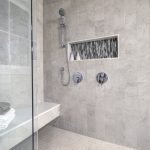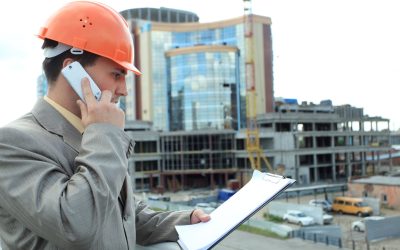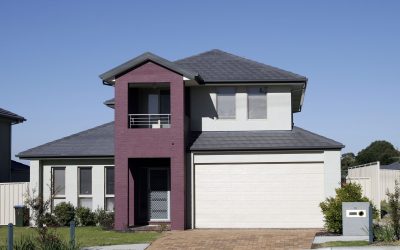If toxic mold is suspected in a commercial building or a residence; or if it has already been established that mold exists, it is important to establish the correct course of action to eliminate the problem. Mold testing in South Jersey can quickly identify the area where the mold is concentrated and usually determine why it is growing in that location. Mold reaches a certain level of concentration, at which time it can seriously affect people who suffer from respiratory problems, allergies and asthma.
It is important to rid the space of mold as quickly as possible as it can spread quickly. Mold spreads by throwing off many thousands of tiny spores which move on air currents and when they come to rest, they colonize the area. Eliminating the mold at its source is the first and most important step in the overall eradication process and to begin improving the interior air quality. There are several types of mold; black mold is by far the worst as it is toxic and potentially very harmful.
Te key to successful elimination lies with determining what mold you are faced with and how it developed. Mold is a naturally occurring organism that can take hold whenever there is a damp area, perhaps as a result of a pipe leak or improper ventilation. If the area is not starved of oxygen, mold will occur. Identification and mold removal is a serious business and should be left to professionals who do mold testing in South Jersey as well as take remedial actions.
The experts in mold eradication may be able to test the degree to which mold is present. Many professional mold removal experts turn to a laboratory which has been accredited by EMLAP; the Environmental Microbiology Laboratory Accreditation Program.
Once the mold type, density and source are identified, a plan can be developed to rid the building of the problem. Often the remedy is severe, it may include the removal of drywall, carpets, furnishings and even complete walls may have to go. As the mold spores move along on a cushion of air, any ducts which may have been used to carry the spores must also cleaned and treated.
The area which has been seriously infected is sealed and placed under negative pressure, the technicians wear protective clothing and masks when they enter this area. As they pull out debris it is isolated for disposal and the area in which they have been working is vacuumed by a HEPA filtered unit.

